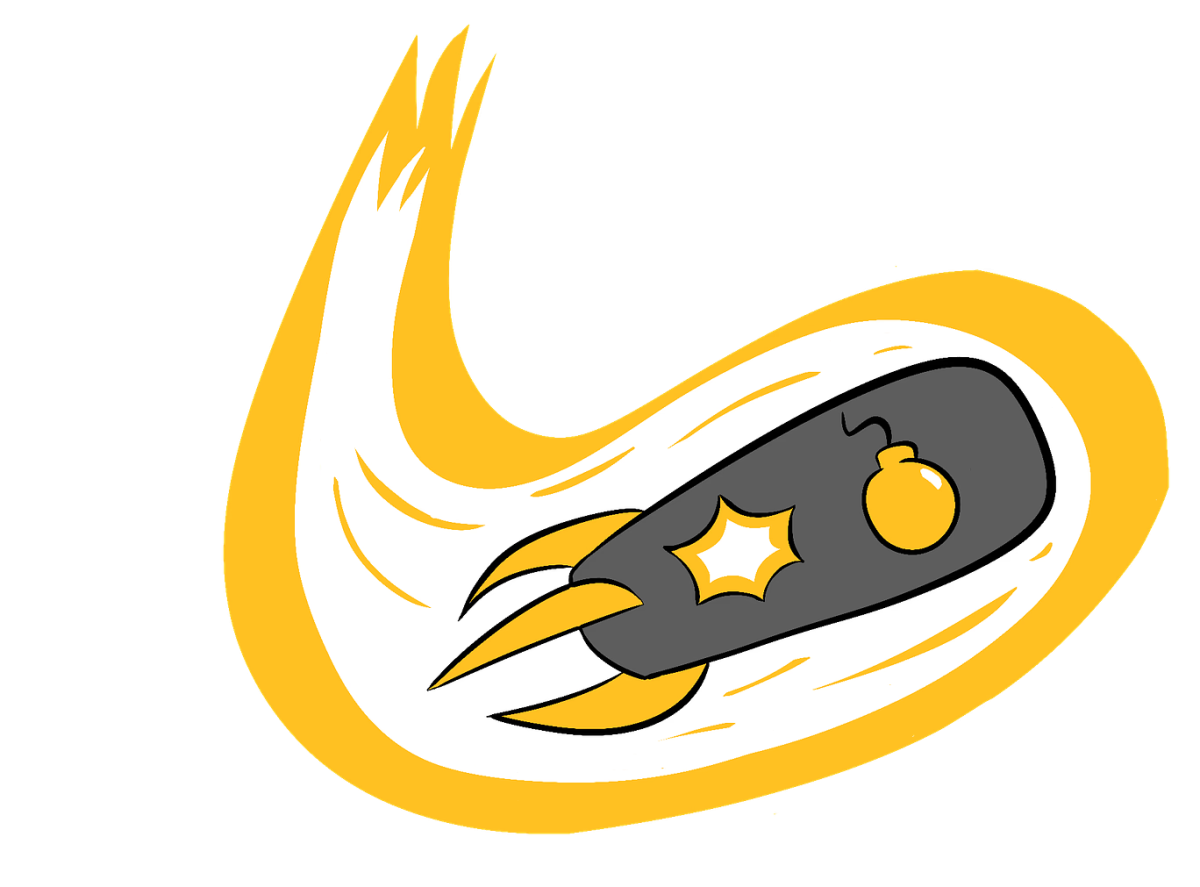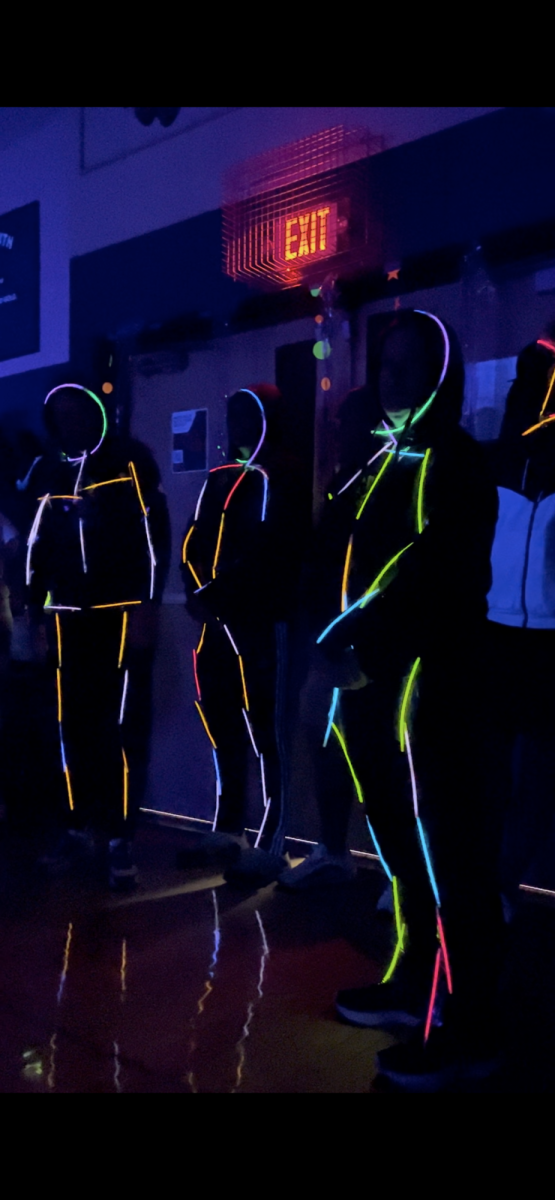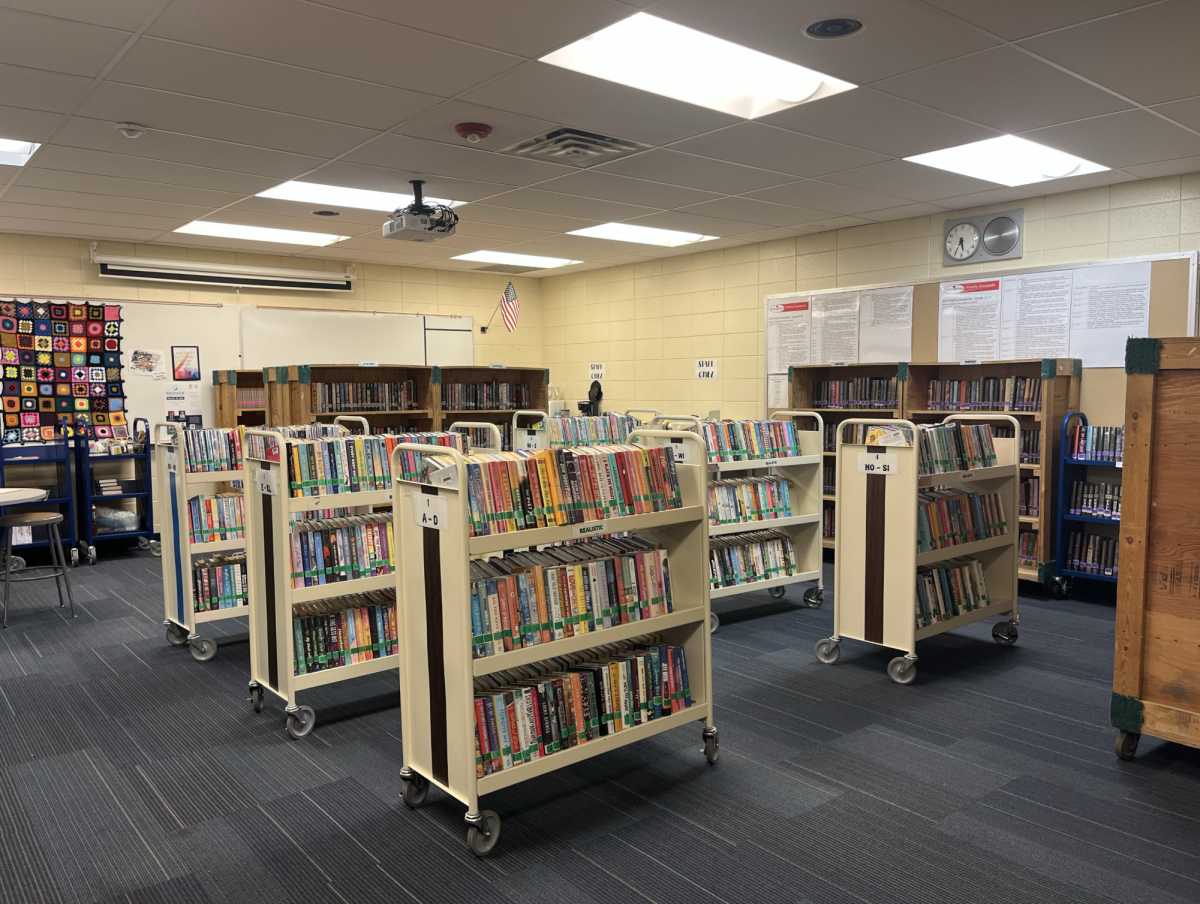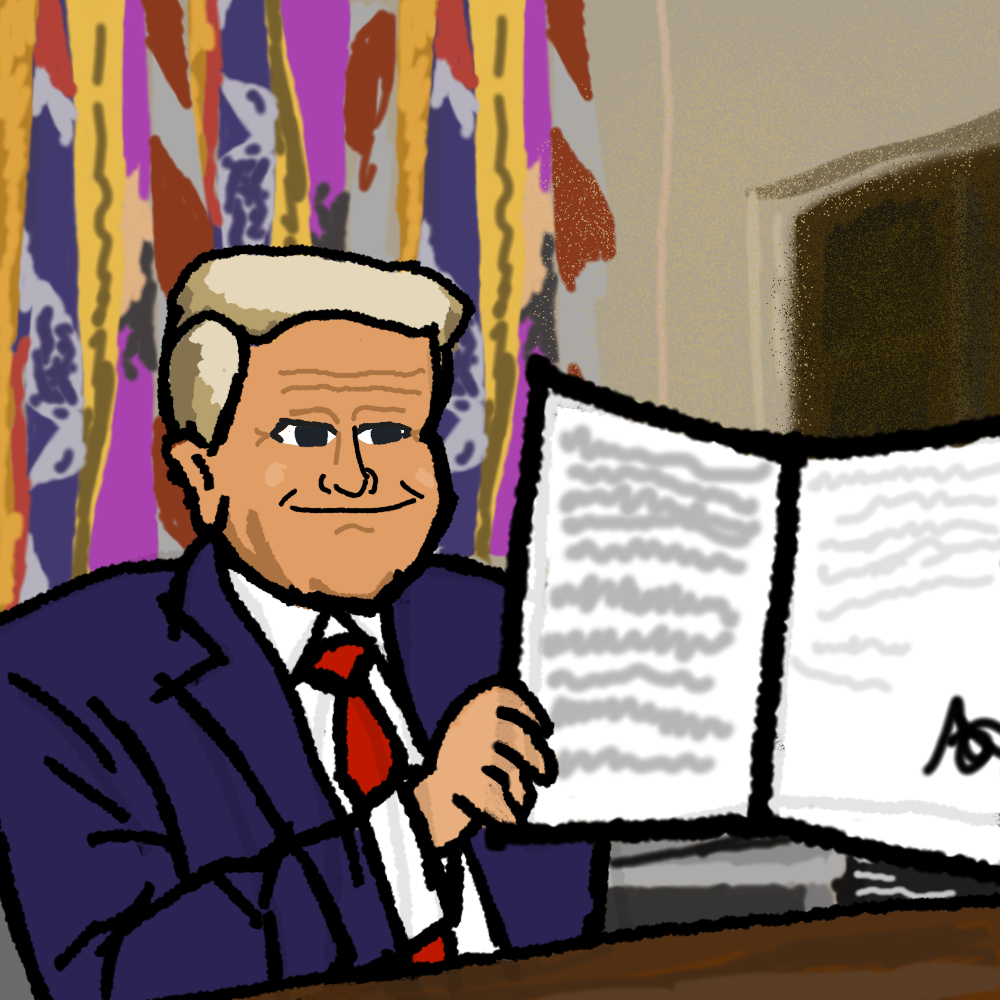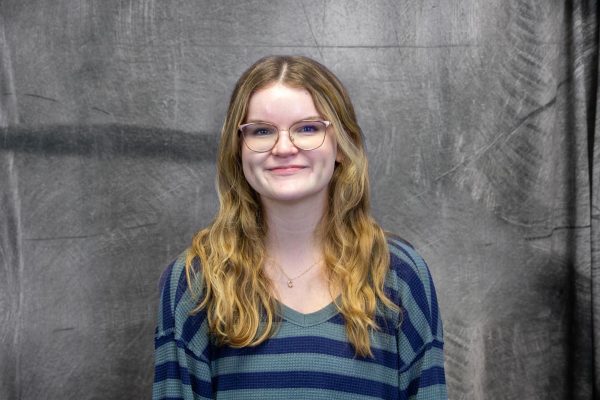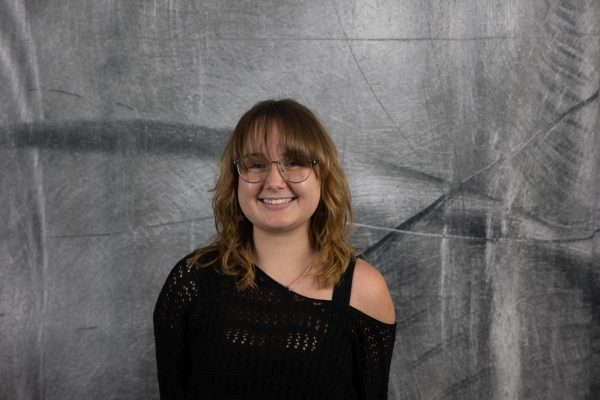Every year, students and staff participate in the annual blood drive, whose goal is help those in need.
Chemistry teacher Andrew Davids is the faculty supervisor of the Health Occupations Students of America, aka the HOSA, and plays a huge role in the blood drive.
“We host a blood drive every year receiving donations from students and staff put on by the community blood center. We send the donations we receive to local hospitals,” Davids said.
Other clubs and programs around the school help the HOSA put on the blood drive.
“The HOSA is a student organization that puts on the drive at school. We have gotten some help from the K club this year. Ms. Radakovich is the sponsor for the K club this year. Then Ms. Ramshaw is the head of the Biomedical Engineering academy, they are helping us out this year also,” Davids said.
The blood center hosts many events to receive as many donations as possible.
“They need around 600 donations a day to meet their quota, we’re just a small part of that,” Davids said.
The blood drive is a routine and annual event for students and staff.
“I don’t know when it started. I became a teacher here in 2017. This will be my third year in charge of it,” Davids said.
The donations that the community blood center gets stay within random local hospitals in the KC metro area.
“Now which hospitals receive the donations and which don’t receive them, I am not sure,” Davids said.
There are certain requirements every student must meet to have a successful donation.
“The number of students changes over the years, we usually have around 60 to 70 successful donations. Now we typically have more that come in and attempt to give blood, but are turned down for different things. The most common one in high school is height and weight, sometimes it is certain medications that they don’t want you to have in your blood,” Davids said.
The number of donations typically decreases after each student goes through the questioning process, weeding out people unqualified to donate.
“We probably have over 80 people that try to give blood, but only 60 to 70 students can successfully give blood,” Davids said.
If you pass the screening process, the process only takes a few minutes then you are back on your way.
“Usually you are done with the whole process in about an hour, you do the questionnaire then they prick your finger to test your blood. This shows different medicines, iron leaves things like that. Once you begin the donation process, that takes about 10 to 15 minutes. Then they sit you down at a table to make sure you are feeling okay before heading back to class,” Davids said.
The way they draw attention to the blood drive varies every year, trying different methods to get people to sign up.
“Advertising has also changed over the years, this year we have it being brought up in the announcements. We’ve got it posted in the commons, rolling announcements on the screen in the commons with a QR code to scan,” Davids said.
A few days before they use a more direct approach to really try to get more people to sign up.
“We also have our lunch table sign-ups three days before the actual drive, the 11th, 12th, and 13th,” Davids said.
A lot of people might be hesitant to sign up to give blood, wondering how it is beneficial to them.
“They get their name entered into a raffle drawing, we have a bunch of different raffle prizes, so that’s kind of a cool incentive,” Davids said.




